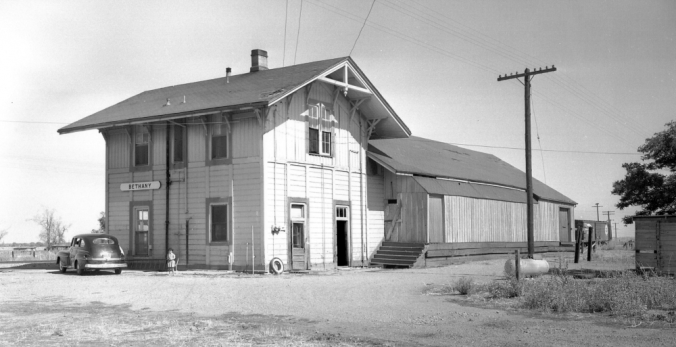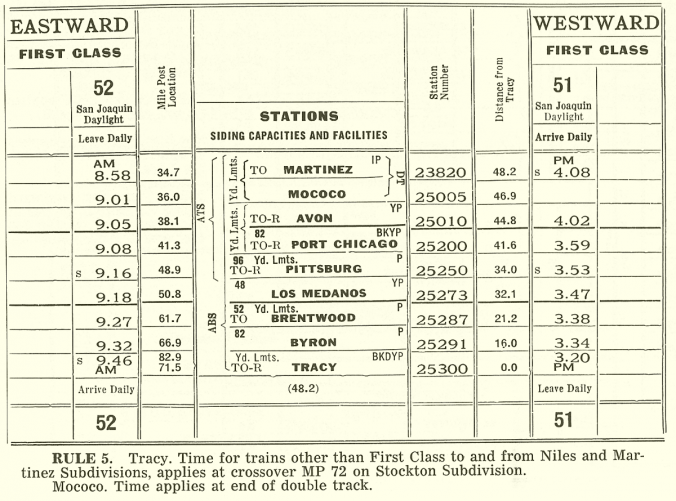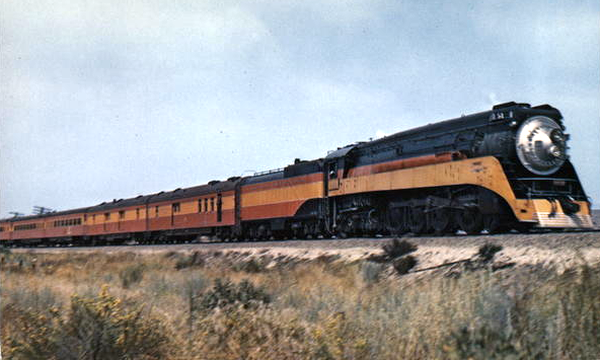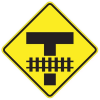The village of Bethany could, once upon a time, be found along the Southern Pacific Railroad’s Martinez-to-Tracy extension, just a few miles outside the latter city’s limits.
These days, few signs remain of Bethany: an old farm road that ends near the tracks is perhaps the most significant remnant. (A reservoir in the nearby Livermore Hills is named for the town, but is several miles distant.)
The Central Pacific Railroad built a depot at Bethany around 1878 along the extension, which was constructed as the San Pablo & Tulare Railroad; in the early Twentieth Century, this section of tracks appeared on USGS maps – including the one below from 1914 – as the Southern Pacific’s “San Francisco and New Orleans Line.”
Today, it is known to railheads as the “Mococo Line.” It was the construction of this extension that led directly to the birth of Tracy at the end of the 1870s.






